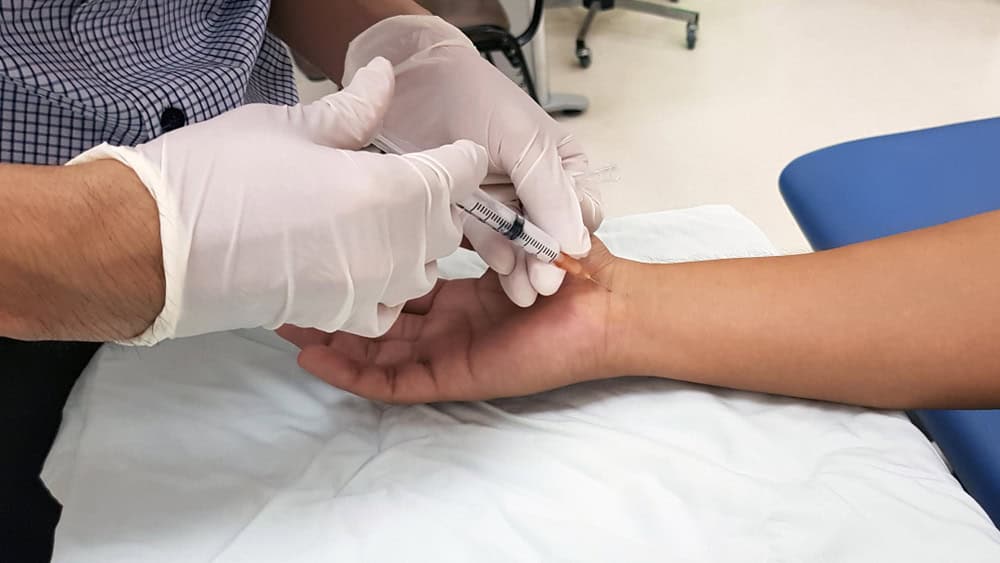Seeking relief from nerve pain? Our neuropathy doctor in Spuyten Duyvil, NY, provides treatments designed to manage symptoms, target nerve damage, and help restore comfort. Contact NY Spine Medicine now to learn more.

Reviews

NY Spine Medicine is a trusted neuropathy treatment center, helping patients in Bronx manage peripheral neuropathy via chronic nerve pain treatment. Our neuropathy specialists use advanced diagnostic tools and targeted therapies to improve nerve function and mobility.
Using EMG and nerve conduction studies, we assess nerve damage and develop treatment plans that include TENS therapy, physical therapy, and pain management. Our focus is on long-term relief, helping Spuyten Duyvil, NY residents regain control over their daily lives.


Ready to get started?
Living with nerve pain can be challenging, but neuropathy treatment can help you regain control. At NY Spine Medicine, our neuropathy specialists in Bronx provide treatments that target the underlying causes of nerve pain. Whether you need chronic nerve pain treatment or help managing peripheral neuropathy, our team is here to support your recovery.
Ready to start your journey toward lasting relief? Contact our Spuyten Duyvil, NY neuropathy doctor today to explore treatment options designed for your needs. We’re looking forward to helping you reclaim your life.

In the late 17th century, Frederick Philipse, the lord of Philipse Manor in Westchester County, received permission to construct a bridge across Spuyten Duyvil Creek and charge tolls. “King’s Bridge”, which was located roughly south of and parallel to where West 230th Street lies today, opened in 1693.
Development of the neighborhood began in the latter half of the 19th century once the New York Central and Hudson River Railroad came through. The tracks originally crossed Spuyten Duyvil Creek and into Manhattan on the west side, but Cornelius Vanderbilt wanted to consolidate his railroad operations into one terminal, so he had tracks laid along the north side of the Harlem River so that trains coming south from Albany could join with the Harlem and New Haven lines and come into Manhattan down Fourth Avenue into his new Grand Central Depot. This is the route still used by Metro-North today.
Through the 1920s development of the Spuyten Duyvil neighborhood continued. Large high-rise apartment buildings, which later became condominiums and cooperatives, began to be built in the 1950s and continued through the 1980s, bringing in affluent families attracted by its scenic qualities, as well as by the area’s closeness to desirable neighborhoods such as Fieldston and Riverdale.
Learn more about Spuyten Duyvil.Local Resources